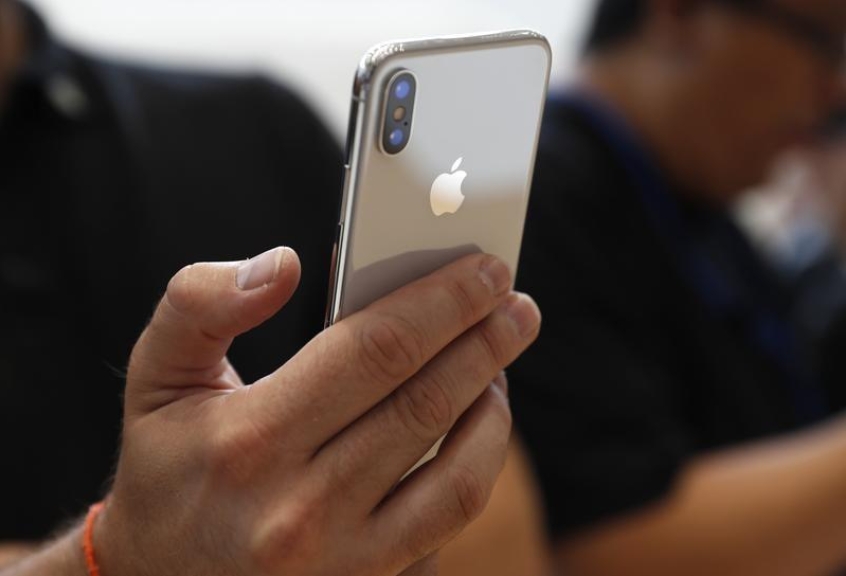
Even before the launch of Apple's premium product, the iPhone X, rumors regarding its slow production have been rampant. This has left both tech aficionados and potential customers doubtful of the revolutionary technology that the tech company has been trying so very hard to push. Recently, reports have surfaced that Apple has reached out to their investors in order to assure them that the production issues have been dealt with.
In a report by Apple Insider, KGI Securities analyst, Ming-Chi Kuo, who also happens to be a very reliable inside source regarding inside information on Apple, has stated that a letter was sent by the company which was addressed to its investors. It was meant to ease their minds about some of the issues that have caused the iPhone X production to lack supplies ever since its launch date on Nov. 3. The main reason behind this is the availability of the materials for the iPhone X camera.
The production line simply could not keep up with the demand of the consumers, but as it turns out, Apple has been utilizing a revolutionary type of crystal for their TrueDepth camera, which is made up of liquid crystal polymer LTE antenna. Fortunately, Apple has found a way to speed up their process of ordering the necessary materials that have been slowing down the phone's production line by contacting the company Career, which also produces the antenna.
According to Mac Rumors, the factories of Apple are now producing at a capacity of 450,000 to 550,000 a day, compared to the previous 50,000 to 150,000 per day — which was the former estimated production capacity about two months ago. Clearly, there has been a major improvement in meeting the demands of potential customers, but there are other existing concerns that still plague the iPhone X.
Forbes has reported that the main selling point of the iPhone X is the biometric security face recognition feature. However, it has been pointed out that this feature is a little bit inconvenient, since users would have to accurately point their phones towards their faces just so that they can access the phone as well as its apps. As of now, a digit passcode is still what the market is used to and it saves a lot of time.













